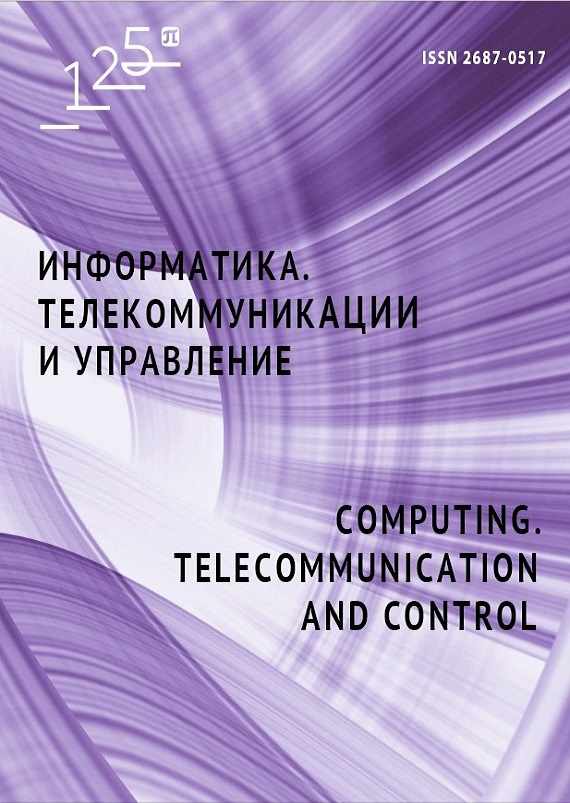Automation of biological cell image processing
When analyzing images of biological cells, automated methods for segmentation and result storage are becoming increasingly in demand. Manual annotation is extremely labor-intensive and does not scale to large volumes of data, while conventional segmentation algorithms create binary masks of substantial size. The objective of this work is to develop a software pipeline that combines local threshold filtering and morphological post-processing to obtain an accurate binary mask and then encodes the result using run-length encoding (RLE) to reduce storage space. Methods used are as follows: at the segmentation stage, local statistical criteria are applied, followed by morphological closing. For storing the result, several modifications of RLE (standard, Foreground-Only, DRLE and Z-order) are implemented along with their comparative analysis. The scientific novelty of the work lies in the comprehensive integration of block filtering and morphology with subsequent compression of binary segmentation masks in the task of erythrocyte (and other cells) segmentation. This approach significantly reduces storage requirements without substantial loss of accuracy. The proposed solution demonstrates high metrics (Accuracy, IoU, Dice) while substantial memory savings. The practical significance is that the developed software pipeline can be easily integrated into biomedical data analysis systems, accelerating the mass processing of cell images and reducing the demands on storage infrastructure.


